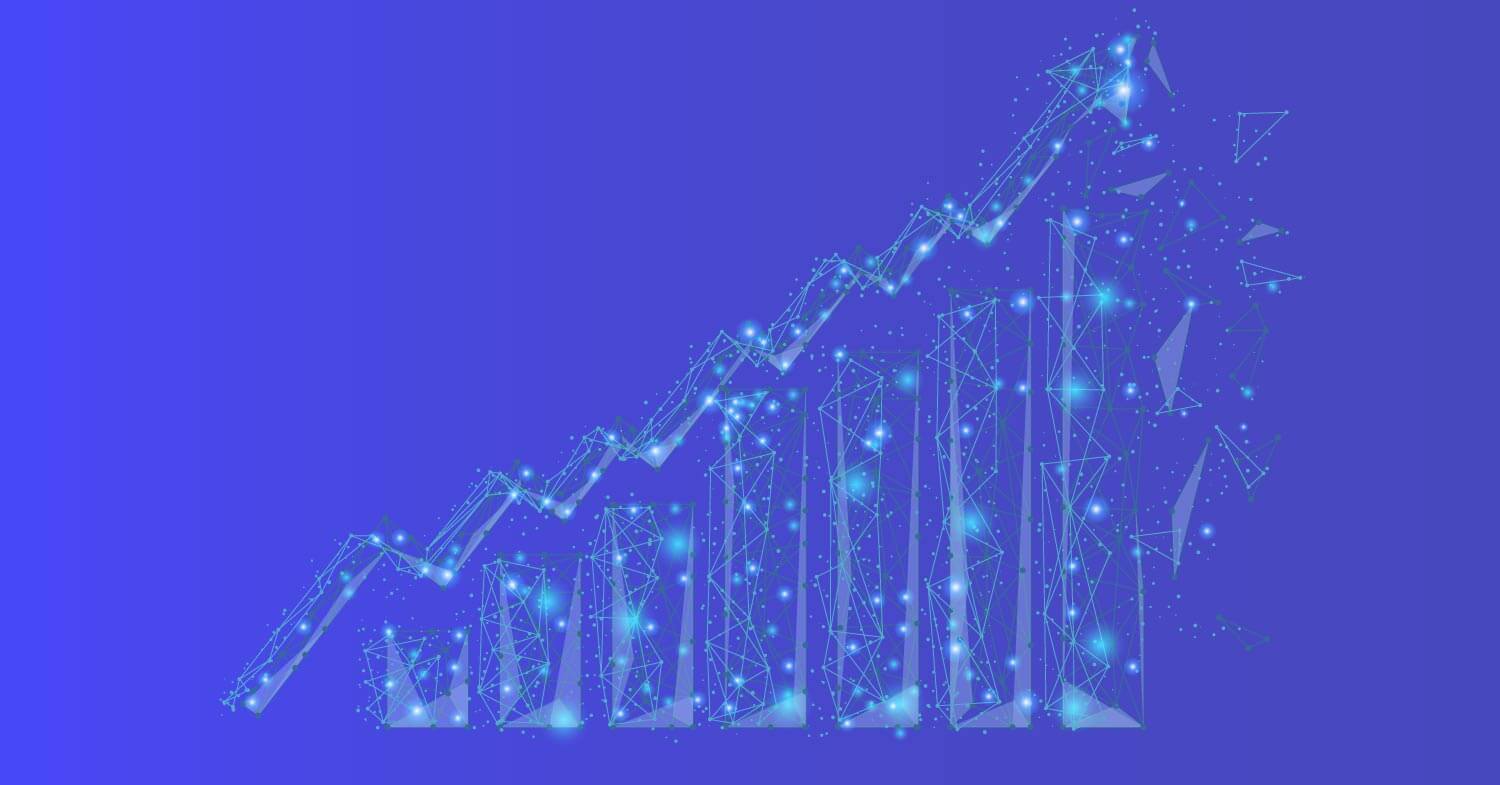Estimated reading time: 4 minutes
Financial institutions provide a nearly endless list of valuable and vital services, from credit cards to mortgages to college loans and more. The goal of providing services like loans is to give people the opportunity to pay for certain things at the time they need to even if they do not currently have the necessary cash on hand, and they are able to do this under the agreement that the money will be repaid at some point. That means whenever creditors provide loans, they are taking a gamble; there is an inherent risk that borrowers will become delinquent and not repay the institution. This is an issue financial institutions always have to deal with at some level — in the first quarter of 2021, the total delinquency rate of all consumer loans in the US was 1.74%.
While there is a certain level of unavoidable risk in lending money, financial institutions can lower delinquency rates by performing due diligence management on borrowers and monitoring loans, and one of the best resources for due diligence and loan monitoring is up-to-date data on consumers and assets. With access to reliable data in a public and private records database, financial institutions can both reduce the risk of loss and increase their overall repayment rate. Here’s how your financial institution can leverage data to lower delinquency rates and boost profit.
Lower delinquency rates and increase right-party contact with skip tracing data
After you’ve provided a loan to someone, you can’t simply forget about that individual and assume they’re going to repay the loan eventually. To increase your chances of repayment, you need to reach that person the first time and track their location to avoid the chance of the account becoming delinquent. If you can’t reach or locate a person, there will be no way to hold them accountable. Though you may have a file on that person with their address and contact information, that information can change after you initially collected it, which could cause you to lose contact. To increase right-party contact with borrowers and monitor loans throughout the entire payment cycle, you need up-to-date contact and location information.
A public and private records database like Tracers continuously updates information like addresses and phone numbers to ensure you have the most current information available. You can do an address search, reverse phone verification, or even use utility data services, which pulls information like names, addresses, and phone numbers directly from utility companies. If a borrower is paying a utility bill, whether it’s phone, electric, or gas, you can access the information tied to that utility and use it to skip trace and contact a debtor. With access to reliable and current consumer data, you’ll be able to track down and contact debtors at any time — lowering your overall delinquency rates and boosting profit for your financial institution.
Monitor assets to streamline the lending cycle and maintain a close view on accounts
While maintaining an eye on your borrowers is one part of lowering delinquency rates, you’ll also want to keep an eye on borrower’s assets and stay updated on any changes to ensure you’ve covered all your bases. Some changes in assets could reveal a potential for fraud, or just make that consumer higher risk. If they have filed for bankruptcy or a lien has been placed on any of their assets, that might impact your collection strategy. Monitoring assets is crucial to determining which accounts to prioritize and how to best collect on certain accounts. While assets can change frequently, ongoing monitoring tools and an asset and liability search can help you stay up-to-date on any changes that occur in your consumer’s assets.
An asset search can provide you with current information on any physical assets, like property records, vehicle ownership, and even vessel ownership, and searching bankruptcy records, tax liens, and civil judgments will help you get a clear picture of any new liabilities tied to those assets. But you can’t just perform an asset or liability search once and call it done. Ongoing monitoring tools allow you to continuously monitor assets and liabilities and get notified when anything changes — whether it’s a change of asset ownership, a new lien on asset, a bankruptcy filing, or something else entirely. That way, you can take the necessary next steps to increase the chances of getting your repayment, like locating assets to secure payment should the borrower not be able to repay.
Information is power when it comes to lowering delinquency rates and boosting repayment rates. With reliable data and loan monitoring tools, you’ll be able to maintain a close eye on every account and hold them accountable for repayment — boosting your profit and allowing you to handle more clients.
Get started today with Tracers and see what the most powerful consumer and loan monitoring data can do for your financial institution.

